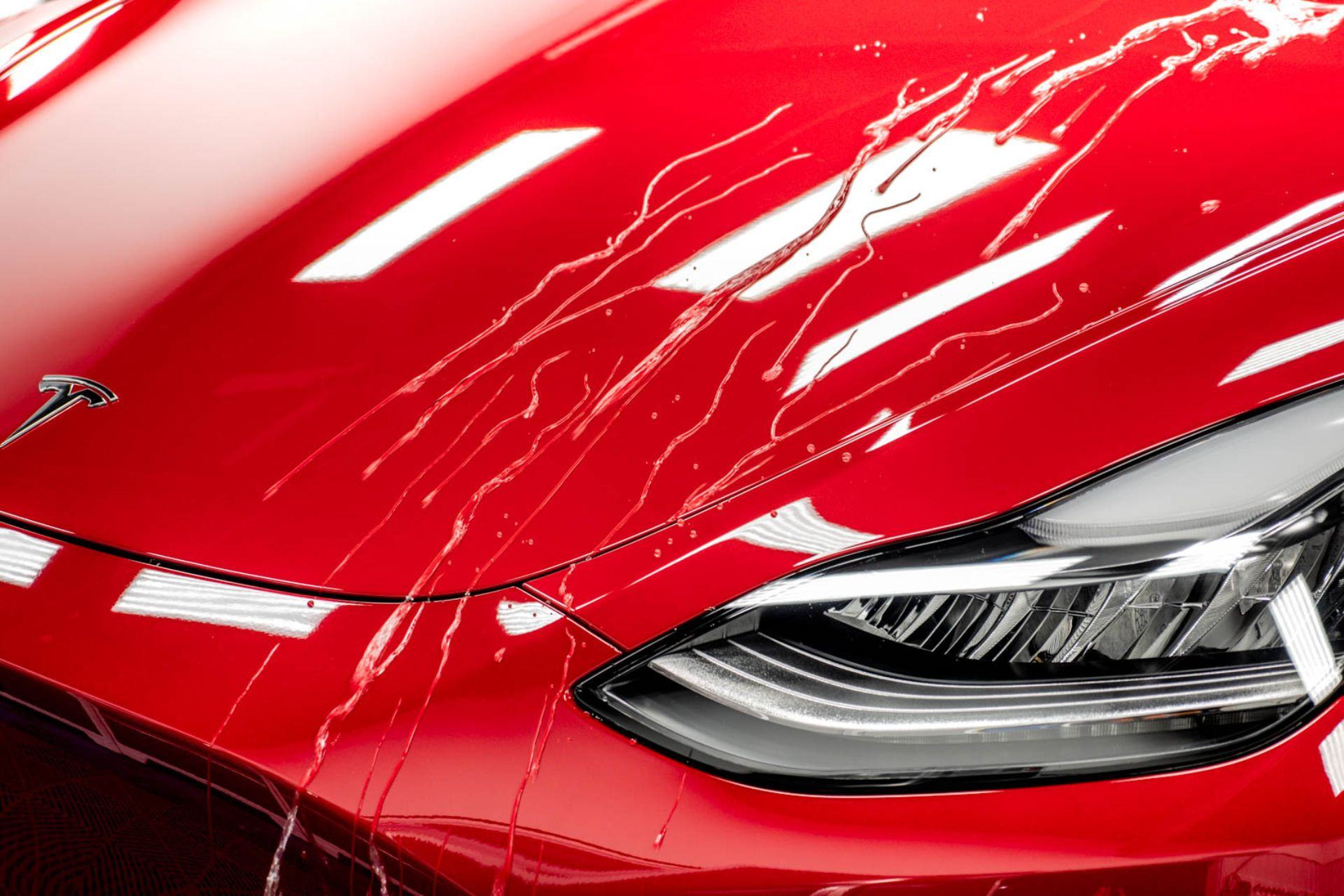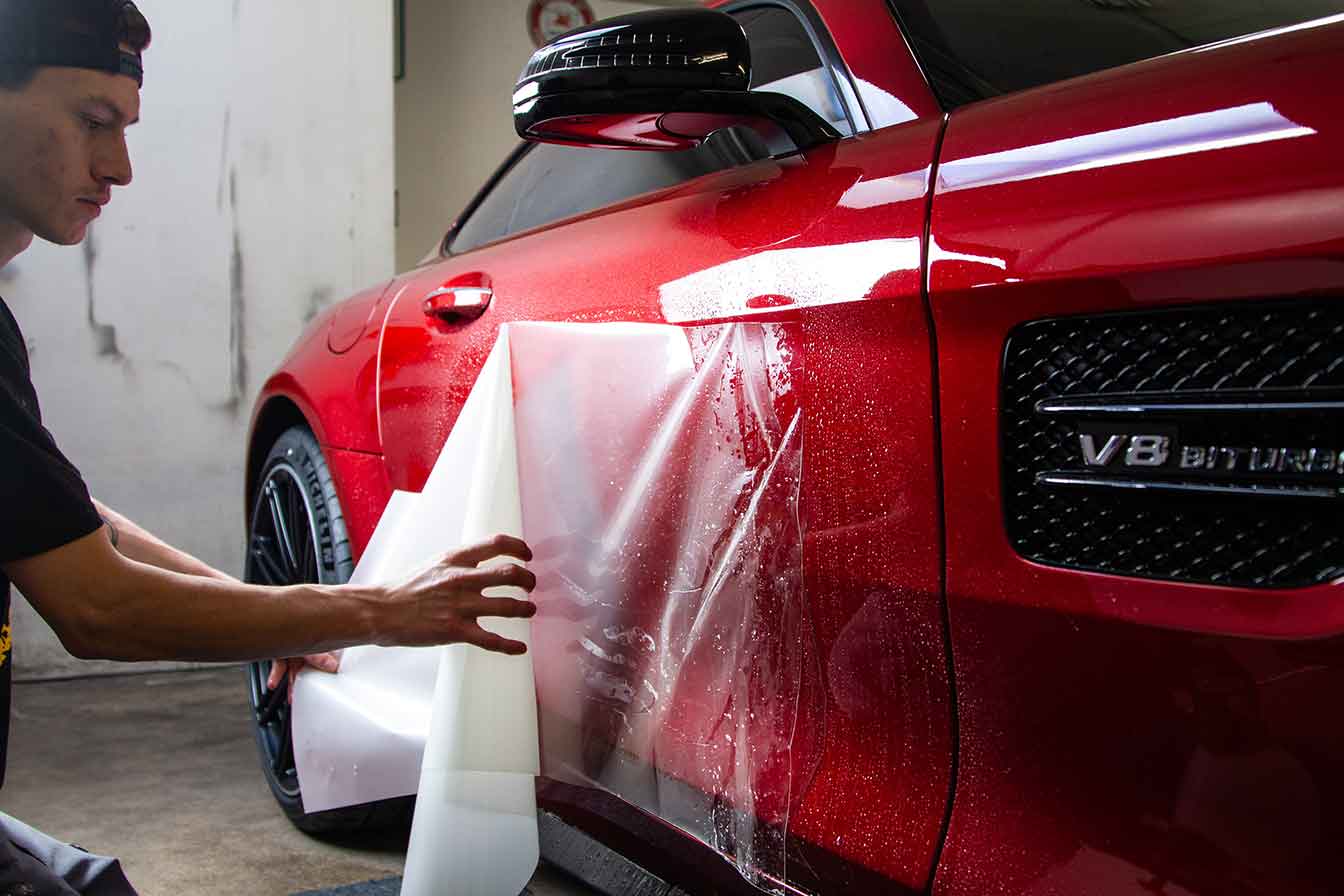Get fast scratch repair Sarasota to eliminate car surface damage.
A Comprehensive Overview to the Kinds of Ceramic Coating on the marketplace
Ceramic layers have actually emerged as a pivotal remedy across different industries due to their unique buildings and applications. From silica-based formulas understood for their effectiveness to hybrid alternatives that combine several benefits, the options available can be frustrating. Understanding the subtleties of each type, including their details advantages and suitable use situations, is vital for making informed choices. As we explore the distinctive features and applications of these coverings, the effects for performance and long life end up being significantly apparent, elevating concerns concerning which kind may finest suit your requirements.
Comprehending Ceramic Coatings
Ceramic finishings are innovative safety remedies that have actually gotten popularity in numerous sectors, specifically in vehicle and aerospace applications. These coverings consist of a fluid polymer that, when healed, creates a durable, hydrophobic layer externally of the substratum. This layer supplies enhanced resistance to environmental contaminants, UV radiation, and chemical direct exposure, consequently expanding the life and visual allure of the underlying material.
The fundamental component of ceramic finishes is silica, which adds to their firmness and longevity. The application procedure usually involves surface area prep work, application of the finishing, and curing, which can be attained with heat or UV light. As soon as cured, ceramic coatings show phenomenal bonding residential or commercial properties, permitting them to stick strongly to a variety of surface areas, including metals, plastics, and glass.
In addition to their safety features, ceramic coverings also use ease of upkeep. Their hydrophobic nature decreases the adherence of dirt and grime, making cleaning easier and less regular. On the whole, the adoption of ceramic coatings represents a considerable advancement in surface defense innovation, giving both practical and visual benefits across numerous sectors.
Kinds of Ceramic Coatings
Various sorts of ceramic coverings are readily available, each created to satisfy details efficiency requirements and applications - Paint Protection Film. The most usual types consist of:
Silica-based Coatings: These finishes largely include silicon dioxide and are understood for their toughness and chemical resistance. They are extensively made use of in auto and commercial applications.
Titanium Dioxide Coatings: Popular for their photocatalytic homes, titanium dioxide layers are commonly used in atmospheres where self-cleaning and antifungal residential properties are preferable, such as in building products and auto coatings.
Zirconia Coatings: Characterized by their high-temperature security and thermal resistance, zirconia finishes are used in applications such as wind turbine engines and high-performance automotive parts.
Alumina Coatings: Showing exceptional hardness and thermal security, alumina finishes are often used in wear-resistant applications, consisting of cutting tools and commercial machinery. - Paint Protection Film
Hybrid Coatings: Combining the residential or commercial properties of various materials, crossbreed finishes supply enhanced performance features, making them appropriate for distinct and demanding applications.
Each kind of ceramic coating offers distinct objectives, allowing customers to select one of the most suitable remedy based on details environmental problems and performance demands.
Benefits of Ceramic Coatings
Ceramic coatings, in specific, deal numerous advantages that make them significantly prominent amongst producers and consumers alike. These finishes are resistant to scrapes, chemicals, and UV rays, guaranteeing that the underlying surface stays safeguarded over time.
In enhancement to resilience, ceramic finishes provide outstanding hydrophobic residential properties, allowing for simple cleansing and maintenance. This water-repellent nature minimizes the adherence of dirt, gunk, and various other impurities, which can lengthen the aesthetic charm and capability of the surface. Ceramic coatings can dramatically improve thermal resistance, making them excellent for applications that endure high temperatures.

Application Refine
When using ceramic finishings, a precise strategy is important to accomplish ideal results. The application process commonly starts with extensive surface prep work. This includes washing, decontaminating, and brightening the surface area to remove all pollutants, consisting of dust, grease, and prior waxes or sealers. A clean surface area guarantees you could look here correct adhesion of the layer.
When the surface area is prepped, the next step is to apply the ceramic layer. This can be done using an applicator pad or a microfiber fabric, making certain even protection. It is critical to work in small sections to preserve control and protect against premature curing. The finish needs to be used in thin layers, as thicker applications can result in unequal surfaces.
After application, the covering requires a details healing time, normally ranging from a few hours to a complete day, depending on the product. Following these steps faithfully will make best use of the efficiency and durability of the ceramic covering, providing a sturdy safety layer for the surface.
Maintenance and Long Life
To make certain the durability and performance of a ceramic finishing, normal maintenance is crucial. Ceramic finishings, recognized for their toughness and protective high qualities, call for details care regimens to maximize their life-span and performance.
In addition to normal cleaning, periodic evaluations are crucial. Try to find indicators of wear or damages, such as hydrophobic like this residential properties reducing or surface area imperfections. If necessary, a light polish may be put on invigorate the layer without stripping it away.
Furthermore, the application of a booster spray can enhance the finishing's hydrophobic impacts and recover its gloss. This is especially helpful for layers that have actually remained in use for an extended period. Inevitably, by sticking to these upkeep methods, one can substantially extend the life of a ceramic layer, ensuring that it remains to offer optimal protection against ecological variables and keep the visual charm of the car.
Conclusion
